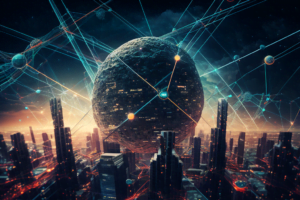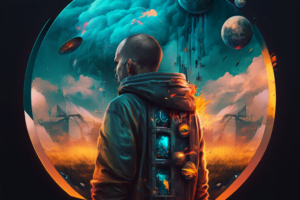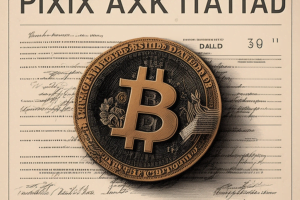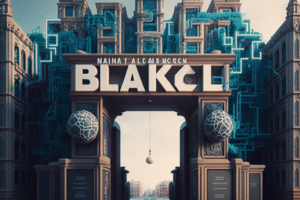The internet has transformed significantly since its inception, continually evolving to meet the needs of an increasingly connected world. In this article, we will explore the journey from Web1 to Web3, detailing the major advancements in Internet technology and discussing the potential of decentralization to reshape how we interact with the digital realm.
Web1: The Information Age
The first generation of the internet, commonly referred to as Web1, was primarily focused on information sharing. Static websites acted as repositories for text, images, and other forms of content. During the Web1 era, users were mostly passive consumers of information, with limited options for interaction and collaboration.
The rise of HTML and the introduction of the World Wide Web marked the beginning of the Information Age. Although basic by today’s standards, these advancements made it possible for anyone with an internet connection to access an unprecedented wealth of information.
Web2: The Social Web
With the advent of Web2, the internet shifted from a static information repository to an interactive platform. This new era was characterized by the growth of social media, e-commerce, and user-generated content. Dynamic websites, powered by advanced programming languages and databases, allowed users to interact with content in real-time and create their own digital experiences.
The Social Web democratized online participation, connecting people across the globe and providing an open platform for collaboration and communication. However, this increased interactivity came at a cost: centralization. Users became dependent on a few large corporations that controlled access to their data and dictated the terms of service on their platforms.
Web3: The Decentralized Web
Web3 represents the next stage in the internet’s evolution, promising a more decentralized, secure, and user-centric digital landscape. This new paradigm is built on blockchain technology, which provides a transparent, trustless, and censorship-resistant foundation for online interactions.
In the Web3 world, users maintain ownership and control over their data, and decentralized applications (dApps) replace traditional centralized platforms. These dApps leverage smart contracts, which are self-executing agreements that facilitate transactions without the need for intermediaries.
Some exciting use cases for Web3 include:
- Decentralized Finance (DeFi) – DeFi platforms allow users to access financial services such as lending, borrowing, and trading without relying on traditional financial institutions.
- Non-Fungible Tokens (NFTs) – NFTs enable artists and creators to tokenize their work, ensuring provenance and receiving royalties from secondary sales.
- Decentralized Autonomous Organizations (DAOs) – DAOs are community-governed organizations that operate without a central authority, enabling collective decision-making and resource allocation.
Success Cases
Several projects showcase the potential of Web3 technologies:
- Ethereum – The leading smart contract platform, Ethereum has fostered an ecosystem of dApps and tokens, driving innovation in the Web3 space.
- Decentraland – A virtual world where users can buy, sell, and develop digital land, Decentraland demonstrates the potential for immersive, user-owned metaverse experiences.
- Uniswap – A decentralized exchange built on Ethereum, Uniswap allows users to trade tokens without relying on a central authority, promoting financial inclusion and accessibility.
Conclusion
The evolution from Web1 to Web3 has seen the internet transition from a static information repository to an interactive social platform and now toward a decentralized, user-centric ecosystem. As we enter the era of Web3, we can expect further innovation and disruption as the promise of decentralization empowers individuals and communities, reshaping the way we interact with the digital world.















![StarsArena (StarShares): The Universe of Web3 Crypto Social Media! [Guide] starsarena](https://cryptos.us/wp-content/uploads/2023/10/starsarena-300x200.png)








![StarsArena (StarShares): The Universe of Web3 Crypto Social Media! [Guide] starsarena](https://cryptos.us/wp-content/uploads/2023/10/starsarena.png)